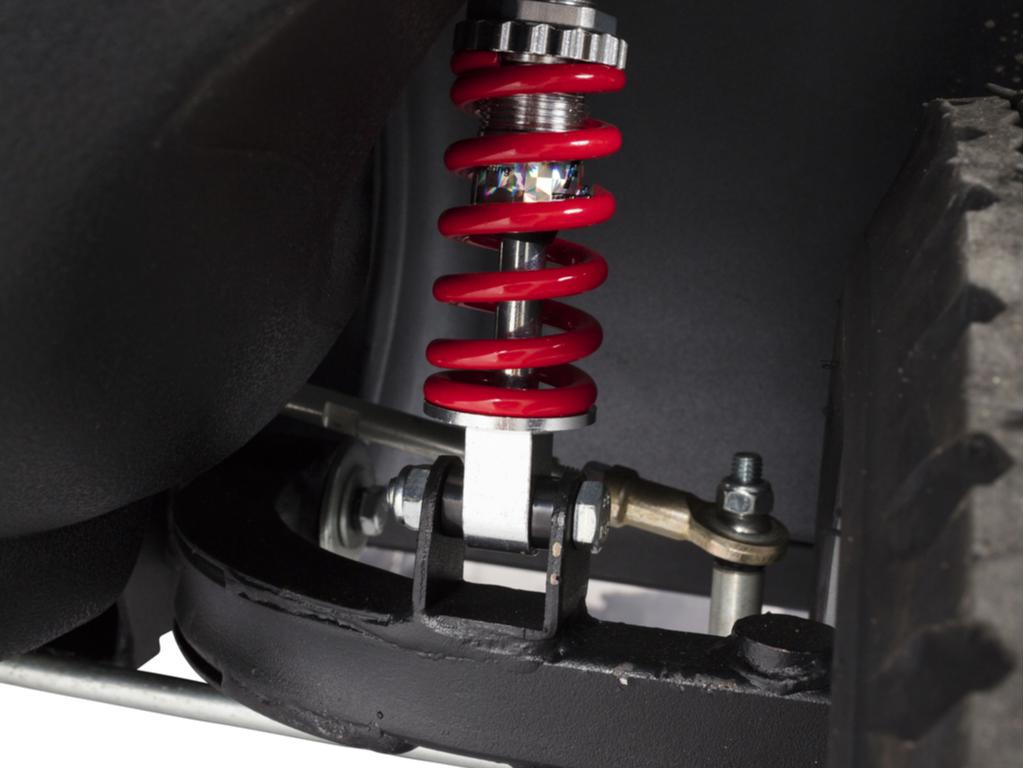Five Expert-Approved Mobility Scooter Maintenance Tips

1. Maintain Battery Health
You’d be surprised by how many mobility scooter technology problems are solved by changing the batteries. Mobility scooters generally work on a 24-volt system using two 12-volt batteries. Some lightweight mobility scooters and other folding wheelchairs are powered with lithium batteries. These batteries are better quality than the standard lead acid batteries found in other scooters. They also need less maintenance. The best way to keep your batteries healthy is to ensure the meter never reaches the red zone. Always charge your scooter between uses, no matter how much – or how little – you used it.
2. Keep the Scooter Clean
Cleaning your mobility scooter sounds obvious, but you’d be surprised by how many problems are caused by dirt and other debris. Keeping the scooter or power chair clean is the easiest way to ensure debris doesn’t end up in places it shouldn’t be. We recommend using a mixture of water and rubbing alcohol, applied with a damp microfiber cloth, to keep the object clean. Wipe down the scooter while avoiding areas water can leak into the mechanical components of the machine. Keeping the scooter clean is also a good idea so it looks in better condition if you plan on reselling it down the line.
3. Avoid Stressing the Motor
We highly recommend doing everything you can to avoid stressing the motor on your machine. The most common way to stress a motor is to add more weight than the unit is rated for. Each mobility scooter is rated to a certain weight capacity. This rating offers a recommend maximum weight limit for users. It’s important you know the weight rating for your machine to avoid stressing the motor. There’s more to consider than your individual weight as well, as using your scooter to carry groceries and luggage adds to the stress on the motor. Another common stressor is the incline rating. Some scooters don’t have the power to tackle steep hills and trying to ride at too great an angle puts a heavy strain on the motor, increasing the risk of machine breakage.
4. Avoid Moisture and Water
Mobility scooters are rarely made to deal with any amount of rain or other water. It’s recommended you avoid wet terrain including grass and puddles. Things go very wrong very quickly once water gets into the wheel-well. You should avoid moisture and water at all costs if you want your mobility scooter to last. Some scooters are rated for small puddles but still shouldn’t be ridden in the rain without a protective canopy cover.
5. Read the User Manual
The best way to get the most out of your scooter is to take a good look at the user manual. It has all kinds of information you need to keep your scooter going. Far too many people neglect this simple step. You’ll learn everything from the life expectancy of your battery and other maintenance information to handy tips and tricks to get the most from your scooter. Give the manual a good read-through and see what you learn.




